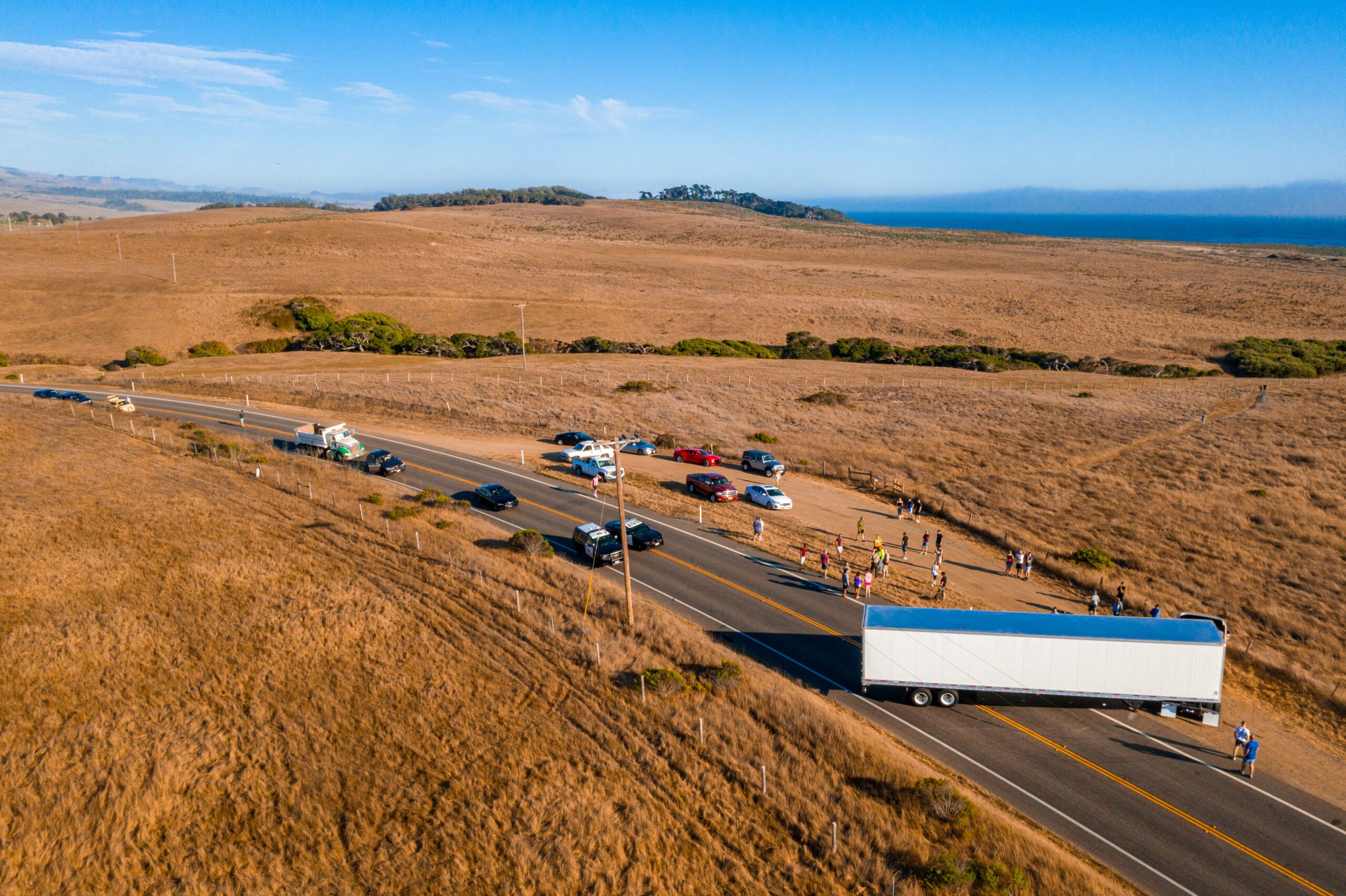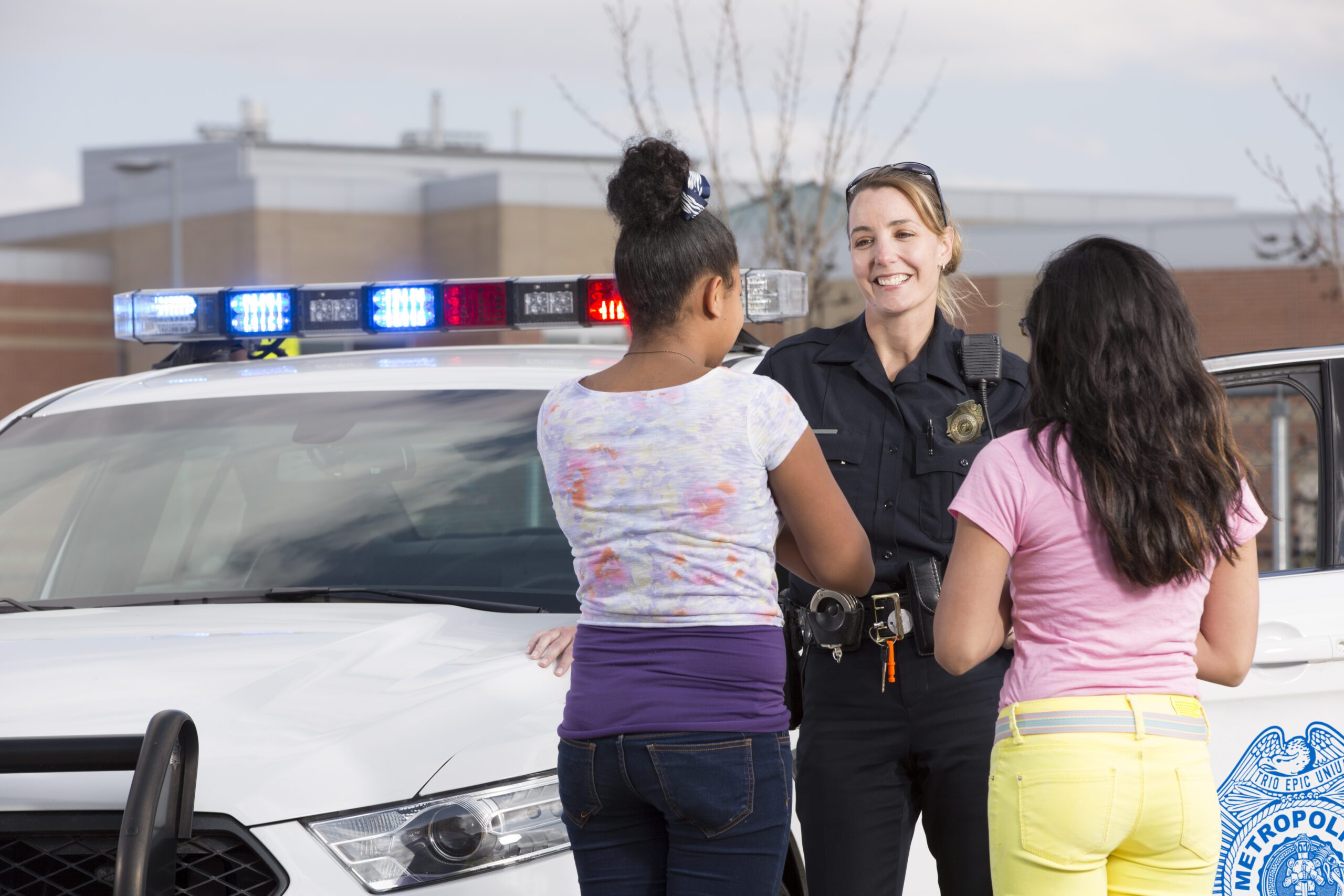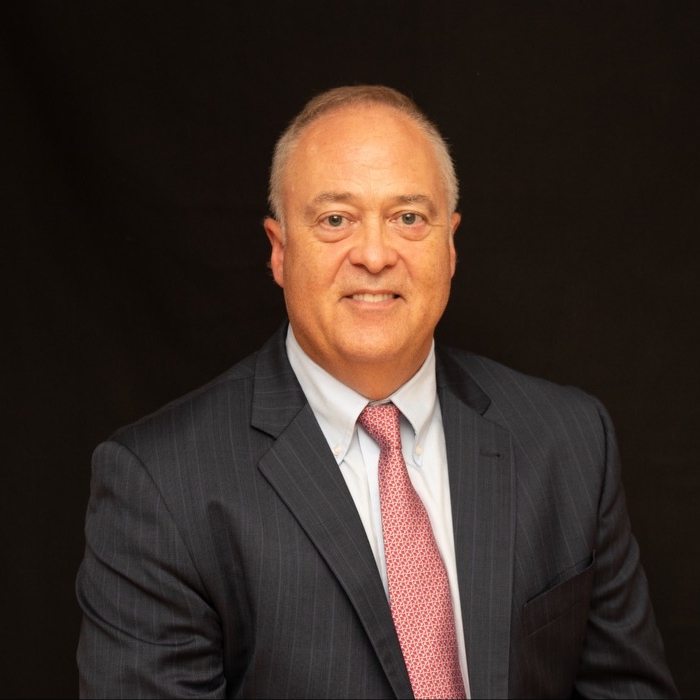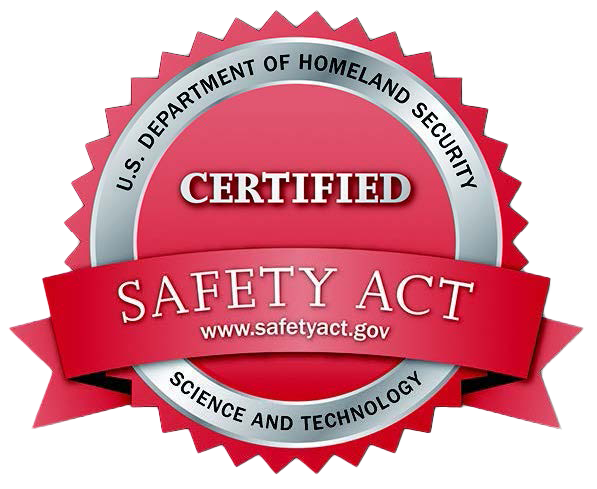One of the most important challenges our communities face today is school safety.
By: Mutualink Staff
Recently we were fortunate enough to sit down with Chief Craig Miller (retired) of the Dallas Independent School District (ISD) to ask his perspective on school safety. Before we dive in, here is a little background on Chief Miller.
Chief Craig Miller, former Chief of Police at Dallas Independent School District, shares his insight on school safety.
 Prior to joining the ISD in 2011, Chief Miller spent 37 years protecting the 1.3 million citizens of Dallas, Texas. During his tenure with the Dallas Police Department, he oversaw 750 murder investigations as the homicide commander. Before retiring as Deputy Chief of Police in 2011, he was in charge of all criminal investigations for murder, robbery, assault, sex assault, and CSI functions.
Prior to joining the ISD in 2011, Chief Miller spent 37 years protecting the 1.3 million citizens of Dallas, Texas. During his tenure with the Dallas Police Department, he oversaw 750 murder investigations as the homicide commander. Before retiring as Deputy Chief of Police in 2011, he was in charge of all criminal investigations for murder, robbery, assault, sex assault, and CSI functions.
He brought all of that knowledge and experience with him as he stepped into the role of Chief of Police for the Dallas Independent School District – the 14th largest public school system in the country. Chief Miller became responsible for 160,000 kids, 23,000 employees, 230 schools across 5 different cities and 375 square miles.
School districts having their own police departments, like Dallas ISD, is not a new concept. But it does appear to be on the rise. We asked Chief Miller to explain the purpose and where he saw some of the challenges.
On the Rise – School Districts Police Departments
School Resource Officers, or SRO’s, are often police officers with the local police department that are assigned to the middle and high schools to help mentor, educate, and enforce the law.
But more and more school districts are creating their own police departments and supplying their own on-site officers. According to Chief Miller, there are roughly 1,022 public school districts in Texas. About 300 of those have their own police departments and anywhere from 6-10 new school district police departments were formed annually.
Texas is not alone in this trend. Florida, Oklahoma, Michigan, Oregon, Washington, Chicago, Nevada, California to name a few, all have school district police departments.
Chief Miller explained that every single day police officers were faced with the following challenges:
- Parental disturbances
- Fights/disputes between students
- Behavioral Issues – kids with emotional disturbances
- Social media threats
- Athletic events
- Car accidents involving students
- Drugs
It is the police officers’ responsibility to not only respond to these daily incidents but to resolve them.
A Real-Life Example
We asked Chief Miller to walk us through some examples and to expand upon some of the areas he thought could improve school safety.
Here is one of the scenarios he described…
“A kid brought a gun to school, not to shoot anyone, but to show it to another kid. The gun fell out of his backpack, hit the ground, and went off. The scenario is now one of shots fired and although no one was hit, you have a shooting.
This generates an active shooter call (by the SRO) that goes out to dispatch. County dispatch relays to the city dispatch, state dispatch, Department of Public Safety. The response to an active shooter scenario is top priority for law enforcement. The call from the SRO alerts officers from county, city, and neighboring locales all responding – essentially every officer who is on the radio frequency is coming to the school. You could have upwards of 20 different agencies on-site including federal agencies.
We didn’t know how many shooters were involved, if they had been apprehended, or how many people were injured. But we did know it was going to rain cops until we did know.
But communications between the different agencies were limited. In the case of Dallas ISD, we had our own radio communications. This meant that we could listen to Dallas PD but we couldn’t communicate back.The school is in lockdown because the police are doing their investigation, trying to determine what happened, find out if there are any other shooters, are there more devices. They want to make sure they do their due diligence.
Meanwhile, the students are terrified and they all get on their phones. They start calling Mom and Dad – I’m scared! The school is in lockdown. There’s been a shooting. It’s a horrible situation that gets worse as the rumors start. One kid says he heard three kids are dead. Another says he heard it’s a dozen kids and Coach Johnson is dead.
Moms and Dads bum rush the school. You’ve now got 800 or 1,000 parents standing outside the school all demanding to get into the school and get their child. Then the media arrives and starts conducting interviews with distraught parents.
Here are where some of the problems arise.”
School Safety – The Implications of Communication Limitations
In Chief Miller’s opinion, the biggest opportunity for improvement is in cross-agency communication.
It is not uncommon for different jurisdictions to have an inability to communicate with each other over their radios. In this situation, the SRO could not easily tell the other responding agencies that the threat had been removed.
As parents rushed to the school the responding jurisdictions were unable to coordinate the traffic flow which could slow the access for emergency vehicles.
The delays in communication prevent accurate information from getting to the parents. The school tries to communicate with the parents as quickly but without integrated communications, there are delays that inevitably cause fear and concern. The focus for law enforcement will be on removing the threat and attending to any injuries but once the situation is under control coordinated communication with parents and school staff will help alleviate the stress.
Once the initial crisis is resolved, attention turns to getting the kids reconnected with their parents as quickly as possible. The school district had a reunification plan in place – they knew exactly what to do. However, when that information is not shared with law enforcement there are further delays.
The bottom line, integrated communication between agencies in different jurisdictions can significantly reduce the time to resolution. Improved communications between the school administration and law enforcement can bring relief to parents, children, and school staff in a very stressful situation.
The Solutions
When posed with the question of how school safety could be improved upon, Chief Miller touched on several areas.
- Have a Plan in Place – Every school in America has an emergency operation plan. Employees are required to electronically certify they have reviewed it but that doesn’t mean they have. The weeks preceding the school year are the perfect time for law enforcement and the school to review the communication plan together.
- Interoperability – Make it easier to communicate. The ability to have interoperable communications – in real-time – with other agencies, as well as with the school, is a huge advantage to everyone.
- Cameras – Video is a big part of an improved response. A picture is worth a thousand words. Being able to see what is going on inside the school, as well as what’s going on outside, allows all parties to understand what is happening at any given moment.
The Mutualink Difference
Mutualink is committed to helping school districts provide a safe, secure, and stable environment for students and staff. We have become the trusted school safety platform deployed in hundreds of schools nationwide.
Our True Interoperability® technology connects schools and first responders for seamless multimedia communications to prevent and mitigate school violence. Our LNK360™ platform uses a school’s current communication assets to share on-demand, secure radio and video with law enforcement instantly with the push of a button. It connects with others in the district and across law enforcement agencies in the broader Mutualink public safety ecosystem. This can mean the difference between effective and timely intervention and a delayed response that ends in tragedy.





